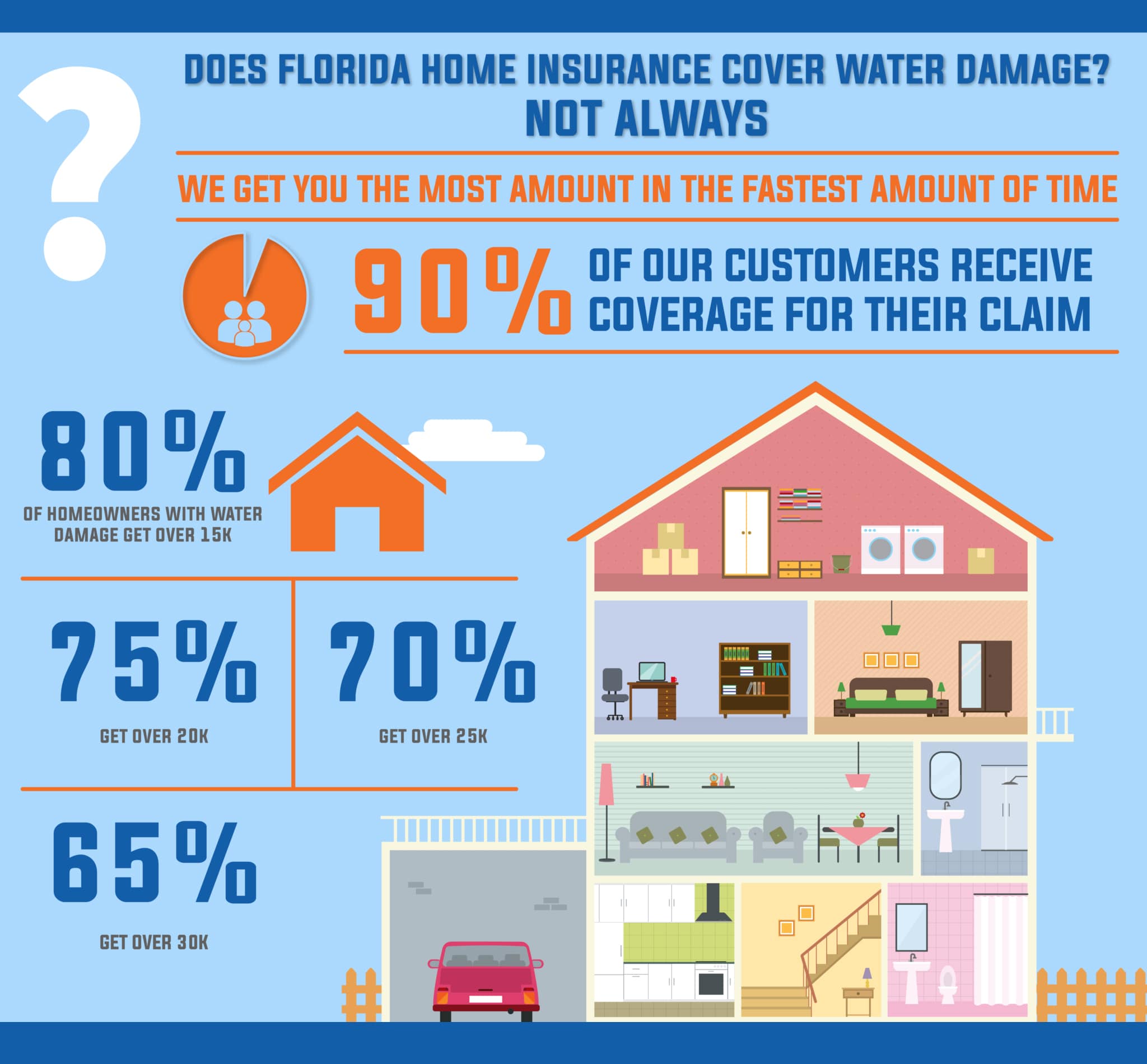Examining The Costs Of Solar Panel Installation: Is It A Smart Financial Move?
Examining The Costs Of Solar Panel Installation: Is It A Smart Financial Move?
Blog Article
Writer-Mathis McWilliams
When thinking about the expenses of solar setup, you could question the upfront financial investment called for and whether it lines up with the potential long-term advantages. Recognizing the details of these expenses and the different aspects influencing the total return can clarify the value recommendation of transitioning to solar power. By reviewing both the first configuration prices and the predicted cost savings with time, you can obtain understanding right into whether the financial investment in solar installment holds guarantee for your economic future.
Preliminary Setup Expenses
When thinking about the expenses of solar installation, the first setup expenditures play a crucial role in your decision-making process. These upfront costs consist of the cost of photovoltaic panels, inverters, installing tools, and installment labor.
The cost of solar panels can differ depending upon the brand, efficiency, and dimension you pick. Inverters are necessary for converting the sunlight's power into usable power and can be found in different kinds such as string inverters, microinverters, and power optimizers, each with its very own expense ramifications.
Placing tools, such as shelfs and rails, is needed to safely set up solar panels on your roof covering or building.
The installment labor price covers the specialist installment of the planetary system, guaranteeing that whatever is set up properly and successfully. Bear in mind that while these preliminary configuration expenditures might appear high, there are commonly rebates, tax obligation rewards, and financing alternatives available to assist balance out the expenses and make solar installment more economical in the long run.
Long-Term Cost Savings Analysis
To comprehend the financial benefits of solar setup over time, it's critical to carry out an extensive long-term financial savings evaluation. While the first configuration expenditures of photovoltaic panels may seem overwhelming, the long-term savings can outweigh these costs considerably. By harnessing the power of the sun to create power for your home, you can possibly conserve countless dollars on your energy bills over the life expectancy of your planetary system.
Among the vital aspects to take into consideration in a long-term savings analysis is the decrease in your electrical energy costs. With photovoltaic panels, you can produce your electricity, decreasing and even removing your reliance on the grid. This can result in substantial financial savings, especially as utility rates continue to rise.
Furthermore, clicking here provide rewards such as tax credit reports and rebates for setting up photovoltaic panels, further boosting your long-lasting cost savings. By making use of these rewards and optimizing your solar power production, you can enjoy significant financial benefits for several years to find.
Return on Investment Estimation
Taking into consideration the monetary benefits of solar setup, it's time to examine the Roi (ROI) calculation. Determining the ROI includes comparing the overall costs of installing a planetary system with the monetary benefits it generates over its lifespan.
To determine ROI, separate the net benefit from the system by the complete financial investment cost and increase by 100 to get a percentage. The ROI formula is: (Internet Revenue/ Total Amount Investment Cost) x 100.
For instance, if the complete expense of setting up a planetary system is $20,000, and over its life-span, it creates financial savings and incomes amounting to $30,000, the net profit would be $10,000. Dividing this by the complete financial investment expense of $20,000 offers a ratio of 0.5. Multiplying why not try these out by 100 supplies an ROI of 50%.
Generally, a higher ROI indicates a more monetarily satisfying financial investment. Elements like federal government incentives, upkeep expenses, and energy cost fluctuations can affect the ROI of solar setups. Understanding the ROI helps in assessing whether purchasing solar energy deserves it in the future.
Conclusion
Finally, recognizing the expenses of solar installation is vital for figuring out if it is worth the financial investment. By considering preliminary setup costs, carrying out a long-term savings evaluation, and determining the return on investment, you can make a notified decision regarding the financial worth of solar power. With the capacity for reduced energy expenses and increased energy independence, investing in solar installment can be a smart selection for both your wallet and the atmosphere.
